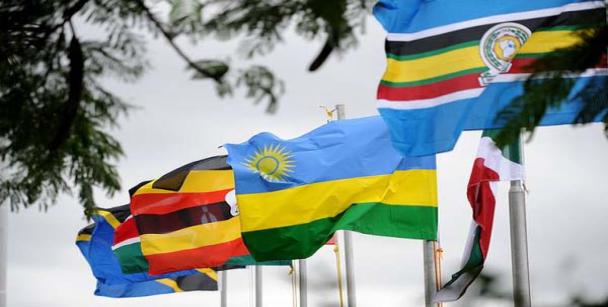By: JAMES ANYANZWA. The East African Community has formed a 25-member taskforce to revise the region’s Common External Tariff (CET) and fine-tune the existing rules of origin to boost intra-regional trade and attract new investments to the bloc. The taskforce comprises four experts on tariffs, fiscal policy, trade and statistics from each of the five member countries — Kenya, Uganda, Tanzania, Rwanda and Burundi — plus one representatives from the private sector, notably associations of manufacturers or chambers of commerce from each of the member states.
The timelines for the completion of the exercise have also been revised from July to September 2017.
The EAC Council of Ministers agreed that the 12-year-old CET has failed to live up to the expectations of the changing business environment with some member states and manufacturers blaming the three-band tariff structure for loss of revenue and a drop in intra-regional trade.
The current CET is based on three bands of 25 per cent for finished goods, 10 per cent for intermediate goods and 0 per cent for raw materials and capital goods, with a limited number of products under the sensitive list that attract rates above the maximum rate of 25 per cent.
Kenya hopes to rally other EAC member states to increase the tariff bands from three to four to be responsive of the needs of industries that import industrial inputs.
“The dynamics in the region have changed and therefore there is a need for the CET to be reviewed to reflect the current realities,” said Chris Kiptoo, Principal Secretary in Kenya’s Department of Trade.
The taskforce will review the list of sensitive goods and rates applicable to them, and come up with a way of classifying goods such as maize, wheat, sugar, textiles and rice that need to be protected from imports.
It is understood that some items will be dropped from the list of sensitive goods and opened up for competition from imports outside the EAC, while a uniform duty will be applied on the remaining sensitive goods to eliminate the frequent applications for preferential treatment of these products by member states.
“The implementation of the EAC Customs Union is largely dependent on the stability of the CET and the existence of rules of origin. It is therefore imperative that the proposed review takes care of the sensitivities in the business environment,” say the EAC Secretariat’s concept note and terms of reference for the comprehensive review of the CET and rules of origin.
The EastAfrican has learnt that the taskforce held its first meeting with stakeholders via a video conference last week to validate the process they have adopted to review the CET and rules of origin. Another meeting is scheduled for February 27, to finalise the process before negotiations begin.
“The dynamics in the region have changed and therefore there is a need for the CET to be reviewed to reflect the current realities,” said Chris Kiptoo, Principal Secretary in Kenya’s Department of Trade.
The taskforce will review the list of sensitive goods and rates applicable to them, and come up with a way of classifying goods such as maize, wheat, sugar, textiles and rice that need to be protected from imports.
It is understood that some items will be dropped from the list of sensitive goods and opened up for competition from imports outside the EAC, while a uniform duty will be applied on the remaining sensitive goods to eliminate the frequent applications for preferential treatment of these products by member states.
“The implementation of the EAC Customs Union is largely dependent on the stability of the CET and the existence of rules of origin. It is therefore imperative that the proposed review takes care of the sensitivities in the business environment,” say the EAC Secretariat’s concept note and terms of reference for the comprehensive review of the CET and rules of origin.
The EastAfrican has learnt that the taskforce held its first meeting with stakeholders via a video conference last week to validate the process they have adopted to review the CET and rules of origin. Another meeting is scheduled for February 27, to finalise the process before negotiations begin.


Leave a Reply